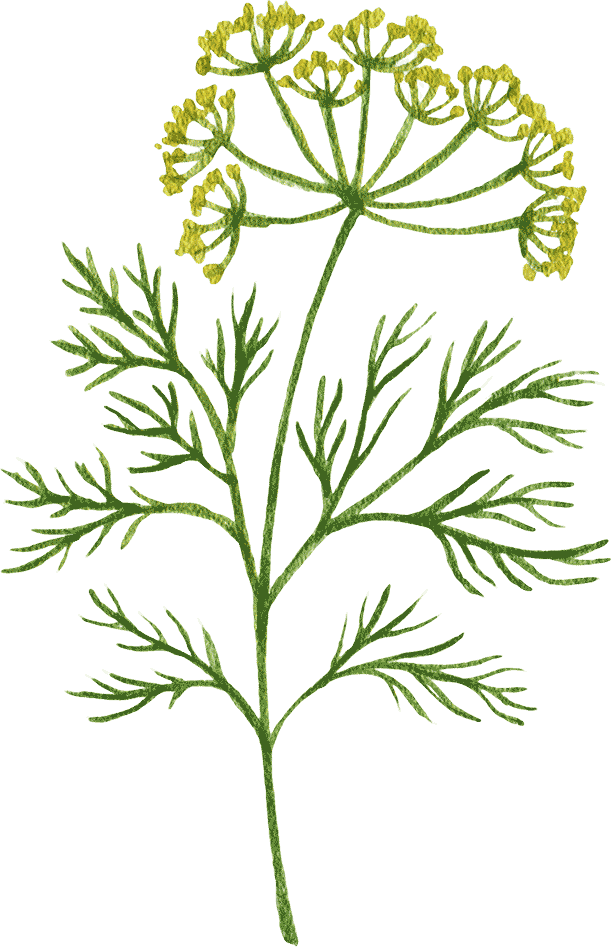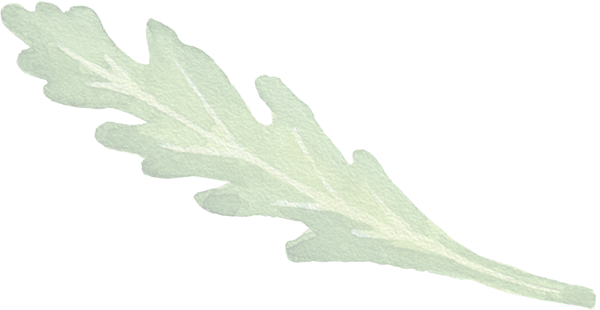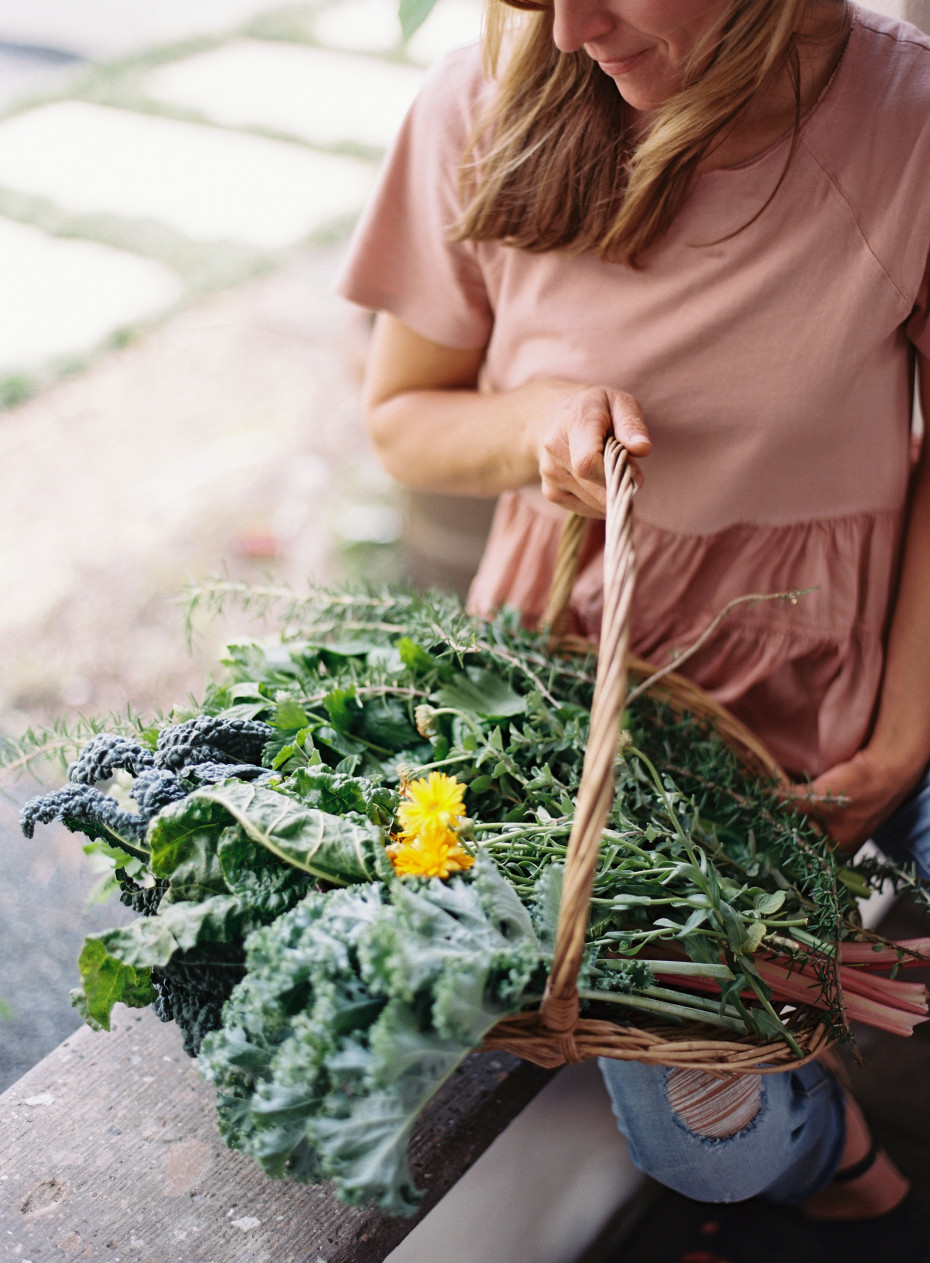You Don't Have to Be an Extremist to Be an Environmentalist
If you've been paying attention to news regarding our climate crisis, every article can leave you feeling increasingly helpless. I know I look at zero-waste advocates and homesteaders and those living "off the grid" and even vegans, and I become overwhelmed. My brain tells me there are those who do conservation and sustainability and those who don't, and I'm not doing enough.
But the truth is, few people, if anyone, can lead sustainable and environmentally friendly lives all the time. Those who go to extremes to live sustainably often end up polarizing the rest of us who just want to do what we can right where we are.
So, this is for those of you who feel intimidated or isolated but want to do your small part to help the climate crisis at home.
The truth is that collectively our small decisions add up quickly. And if each of us would just commit to doing a few simple things, together we can make a huge difference.
Sound good? Let's go change the world for the better with these five simple steps.

When one tugs at a single thing in nature, he finds it attached to the rest of the world."
Ways to Help the Environment - Number One
Shop at the Farmers' Market
One of the simplest things you can do to help the environment is to buy from your local farmer, either by purchasing produce at the farmers' market or by signing up for a local CSA (Community Supported Agriculture). When you buy directly from a local farmer, you do real good for your local economy and your local environment, and inevitably, you start a chain of events that can impact the whole planet.
Buying from a local farmer cuts out the middle man and enables you to put more of your money directly into your local farmers' pockets. This means small farms are that much more likely to stay in business and keep their farmland open. More farmland near you means greater biodiversity—more bees, butterflies, and wildlife surviving and thriving in your environment—plus less concrete and development that increase the chances of flooding and raise the temperature.
Buying from a local farmer also means you'll get fresher and better-tasting food, which will, in turn, make you want to eat more of the good stuff, which is always a good thing.


Find a Farmers' Market Near You
Buying directly from your local farmers makes a HUGE difference for the planet, with each and every bite.
Ways to Help the Environment - Number Two
Buy Herb Plants, Not Herb Harvests, for a More Environmentally Friendly Home
One of the simplest exchanges we can make is to buy herb plants from the store, rather than herb harvests. Herbs as a group are the easiest plants you can grow at home, and for nearly the same price, you can purchase an entire plant rather than a few sprigs that were harvested days (if not weeks) ago. Starting to grow some of your own herbs at home will mean less packaging, less waste, and less trucking.
Some of the best herbs to start with include basil, mint, rosemary, oregano, sage, and chives (with chives being the simplest to grow right away). Growing something as simple as fresh herbs is an easy way to help the environment at home—and always have delicious leaves on hand.


Ways to Help the Environment - Number Three
Eat One Locally Sourced Meal per Week to Help the Climate
I first discovered this idea when I read the book Animal, Vegetable, Miracle by Barbara Kingsolver. In the book, Barbara explains how eating locally means less fuel consumption, less packaging, less waste, and so many other positive changes. It was this book that set me off on my gardening and local food pursuits and taught me so much about how the source of my food mattered more than almost anything.
She writes, "If every U.S. citizen ate just one meal a week (any meal) composed of locally and organically raised meats and produce, we would reduce our country's oil consumption by over 1.1 million barrels of oil every week."
Resources to Help You Eat Locally
I can't recommend the book Animal, Vegetable, Miracle by Barbara Kingsolver enough to you. It's so inspiring and well-written (she's a novelist, after all), and this book gives you the true details of what it really takes to eat locally. Hint: It's not always that easy.
I'm also inspired by Andrea Bemis, a farmer who happens to cook delicious food and challenged herself to only eat locally for one month. You can watch her documentary here and check out her cookbooks Local Dirt: Seasonal Recipes for Eating Close to Home and Dishing Up the Dirt: Simple Recipes for Cooking Through the Seasons.
Joshua McFadden is also a huge inspiration in terms of eating locally. His cookbook Six Seasons is full of great recipes you can use again and again each and every season.
Elevate your backyard veggie patch into a sophisticated and stylish work of art
Kitchen Garden Revival guides you through every aspect of kitchen gardening, from design to harvesting—with expert advice from author Nicole Johnsey Burke, founder of Rooted Garden, one of the leading US culinary landscape companies, and Gardenary, an online kitchen gardening education and resource company.
Ways to Help the Environment - Number Four
Garden for the Environment by Growing Your Own Salad
Another simple thing we can do is to start growing a little of our own salad greens. Lettuce plants are one of the simplest things to grow in your own space. The root systems are small, so they don't need a large garden to thrive. The plants are mostly "cut and come again", which means you can literally harvest from them and then come back and do it again the next week.
Growing our own salad makes so much sense: Tender lettuce leaves really aren't meant to survive days of trucking and refrigeration, and the growing threats of E. coli and salmonella on our food mean that, again and again, the FDA has to call for all lettuce everywhere to be disposed of, mostly because our salad is only grown in two places in North America (Salinas Valley, CA, and Yuma Valley, AZ).
So, commit to start growing some of your own salad greens, and every bite of greens will taste so much better and make a huge difference.
Read the article, Landfill of Lettuce, to learn more about the negative effects of shipping lettuce across North America.

Bag by bag, this waste adds up. The Environmental Protection Agency estimates that the typical American family throws out about $1,600 worth of food each year. And what we consumers toss out is just the last step in a long chain of waste."


Become a member of Gardenary 365 to watch our online gardening course, 6 Months of Garden Salad. We'll teach you how to plan, plant, tend, and harvest leafy greens for fresh gourmet salads at least half of the year.
Ways to Help the Environment - Number Five
Share What You Grow & Teach What You Know About How to Be More Environmentally Friendly at Home
Finally, be inspired this new year to share all you grow and enjoy that's good for you and good for our planet. Teach your friends, family, neighbors, anyone who will listen, what you know about making a difference.
This is the difference between an extremist environmentalist and someone who can truly change the world for the better. We don't make rules to keep and divide us from the "bad guys". Instead we make little, incremental changes in our daily lives, we have grace and understanding for people who haven't made those same decisions yet, we share the delicious food we harvest, and we teach others the things we've learned. That's how we celebrate this wonderful planet we live on.
This is the way we can change the world for the better—by doing all we can and encouraging everyone else to do the same. Very few people will change their habits when they feel intimidated or believe that it's an "all or nothing" kind of commitment. But millions of us can agree to make incremental changes and shifts in our everyday lives that can help the environment.
So, share all you grow and teach what you know. And together, we'll make a difference in 2023 and every day from here on.
Thanks for Caring About a More Environmentally Friendly Home and Garden
Happy New Year from my kitchen garden to yours. I love making a difference in the world with you and trust that the Kitchen Garden Revival is happening because of you!


Join Gardenary 365 to watch our new online gardening course on Sustainable Gardening. I'll teach you how to compost food scraps and how to follow organic gardening practices.
Recommended Reading













